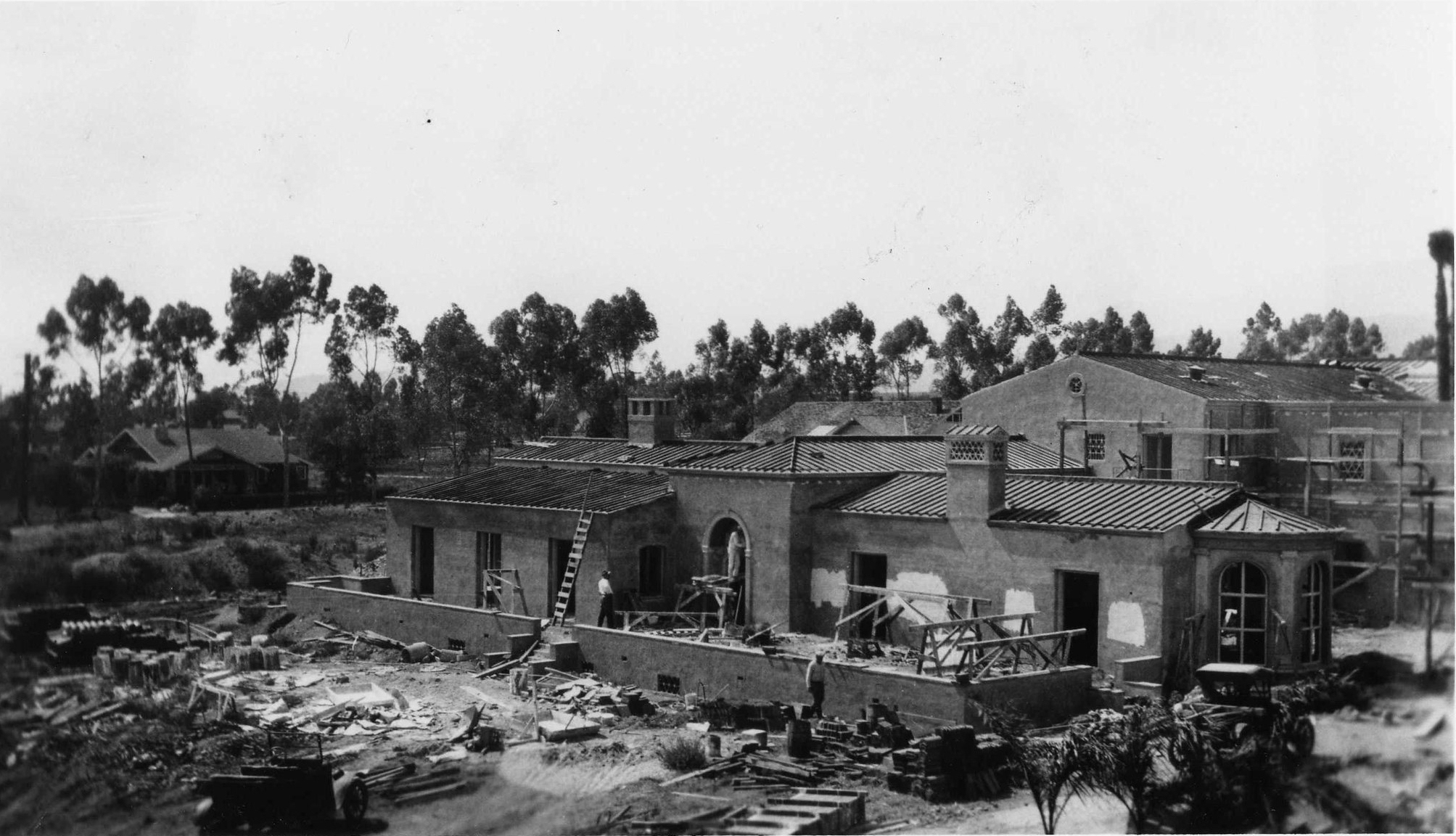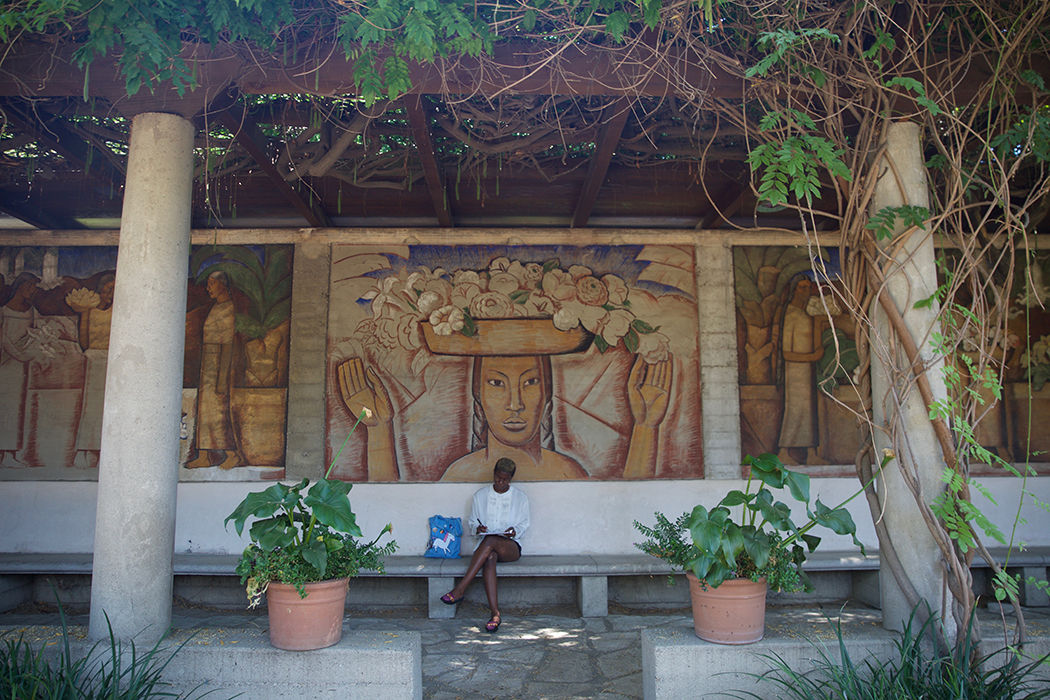Scripps Timeline
1923 and before
James A. Blaisdell, president of Pomona College, writes to Ellen Browning Scripps, of La Jolla, his hopes for a “group of institutions divided into small colleges—somewhat on the Oxford type.” Ellen Browning Scripps becomes one of the founders of a new corporation, named The Claremont Colleges. Indigenous Peoples The first..Read More
Read More1926
Ellen Browning Scripps endows a college for women as the first element in a coordinated system of affiliated colleges and graduate schools surrounding Pomona. The College was to offer to women an education designed to “train her for the fullest and richest life that she herself may have, as well..Read More
Read More1927
Ernest J. Jaqua, for whom Jaqua Quadrangle is named, is elected the first president of Scripps. Jaqua recruits an initial faculty dominated by men, even though women trustees had requested that one-half of the faculty be female. In the fall, Scripps College opens. The College consists of three small cottages:..Read More
Read More1928
In fall, Grace Scripps Clark Hall is completed. It is the joint gift of Grace Scripps Clark and Ellen Browning Scripps, in memory of James E. Scripps, founder and editor of the Detroit Evening News and father and brother of the donors. The building features a high-ceilinged baronial dining room,..Read More
Read More1929
Designed by architect Sumner Hunt of Los Angeles, Janet Jacks Balch Hall is completed in fall and becomes the primary academic facility. The building is a gift of Mr. and Mrs. Allan C. Balch of Los Angeles, and named in honor of trustee Janet Jacks Balch. Today Balch Hall is..Read More
Read More1930
In fall, Susan Miller Dorsey Hall is ready for occupancy, and remains the youngest residence hall at Scripps for thirty years. Financed almost entirely by women, the hall is named for Mrs. Dorsey, who was the first woman superintendent of schools in Los Angeles and one of the first trustees..Read More
Read More1933
The first swimming pool and units of the field house are completed at Alumnae Park (an area that eventually became part of Harvey Mudd College campus). Alumnae Park is dedicated to the honorary alumnae from the early years of the College before there was a true alumnae association. The Association..Read More
Read More1934
Mrs. Charles Stinchfield and a bequest from Mrs. Eldridge M. Fowler funds the donation of the Oratory, which features selections from Mrs. Fowler’s collection of antique Italian furniture and fine textiles. This Oratory later becomes a key part of Margaret Fowler Garden. Architect Gordon Kaufmann designs Margaret Fowler Garden, an..Read More
Read More1935
Mrs. Florence Rand Lang makes an initial gift that will eventually become the anchor for the south campus. The original Lang Art Building begins as two studios, though the design for the complete two-story structure is sketched by Professor of Art Millard Sheets, then drawn into a viable plan by..Read More
Read More1936
In the summer, the central quadrangle is grassed, primarily due to the energy of two Grace Scripps Clark Hall residents from the class of 1936: Cynthia Criley Williams and Helen Ely Brill. In their sophomore year, the two women began an adamant “Grass Before We Graduate” campaign. For two years,..Read More
Read More1938
March 2, a flood occurs in Claremont, causing about $7,000 of damage to Toll and Clark Halls. Residents took refuge in Browning and Dorsey Halls, which are unaffected. Soon after, the famous floodwalls are erected to prevent further water damage. Today the students joke the walls keep the “mudd” out,..Read More
Read More1939
The President’s House is built, following Gordon Kaufmann’s design. The first six presidents of Scripps resided in this structure during their respective tenures. The 16 American elms that comprise Elm Tree Lawn and flank the walkway between the President’s House and Balch Auditorium are planted. Mrs. Denison donates the 21..Read More
Read More1941
The Scripps College Press is a gift from the class of 1941 and begins printing that year. Frederic W. Goudy, one of the most prominent type designers of his era, designs a special font for the press: Scripps College Old Style. The press runs until 1971 and is revitalized in..Read More
Read More1942
With American involvement in World War II, the search for a new president of Scripps is temporarily halted and an interim female president is appointed: Mary Kimberly Shirk. Shirk, who was asked by the Board to “serve for a month or two,” remains in the position until the War concludes.
Read More1946
Alfredo Ramos Martinez, the “Father of the Mexican Mural Movement of the 20th Century,” is commissioned to create the Margaret Fowler Garden, “The Flower Vendors.” The entire composition is sketched on the plaster wall, which is over 100 feet long, and begins work on several panels. He falls ill and passes..Read More
Read More



